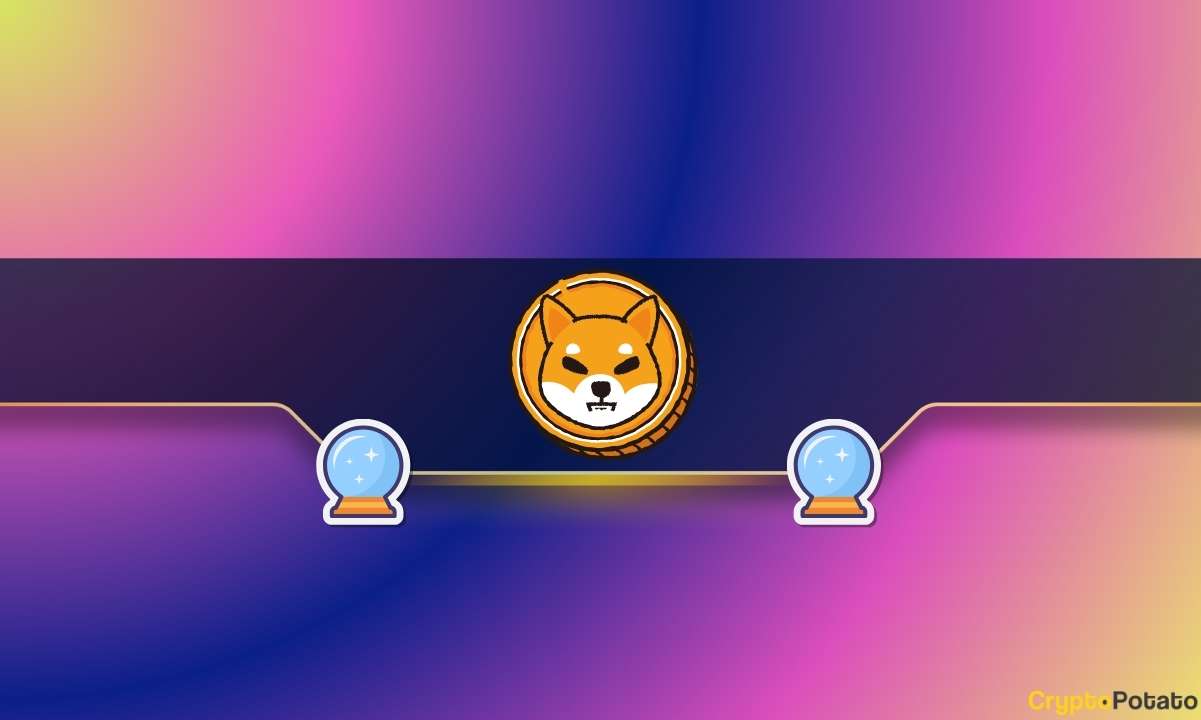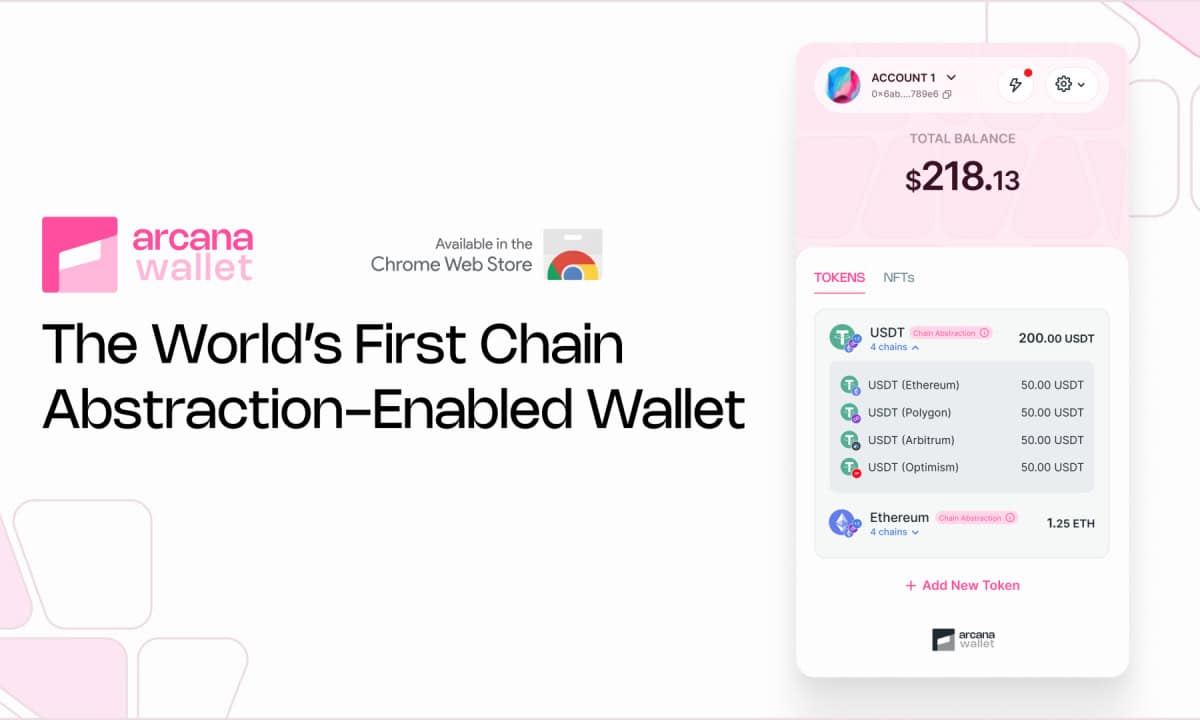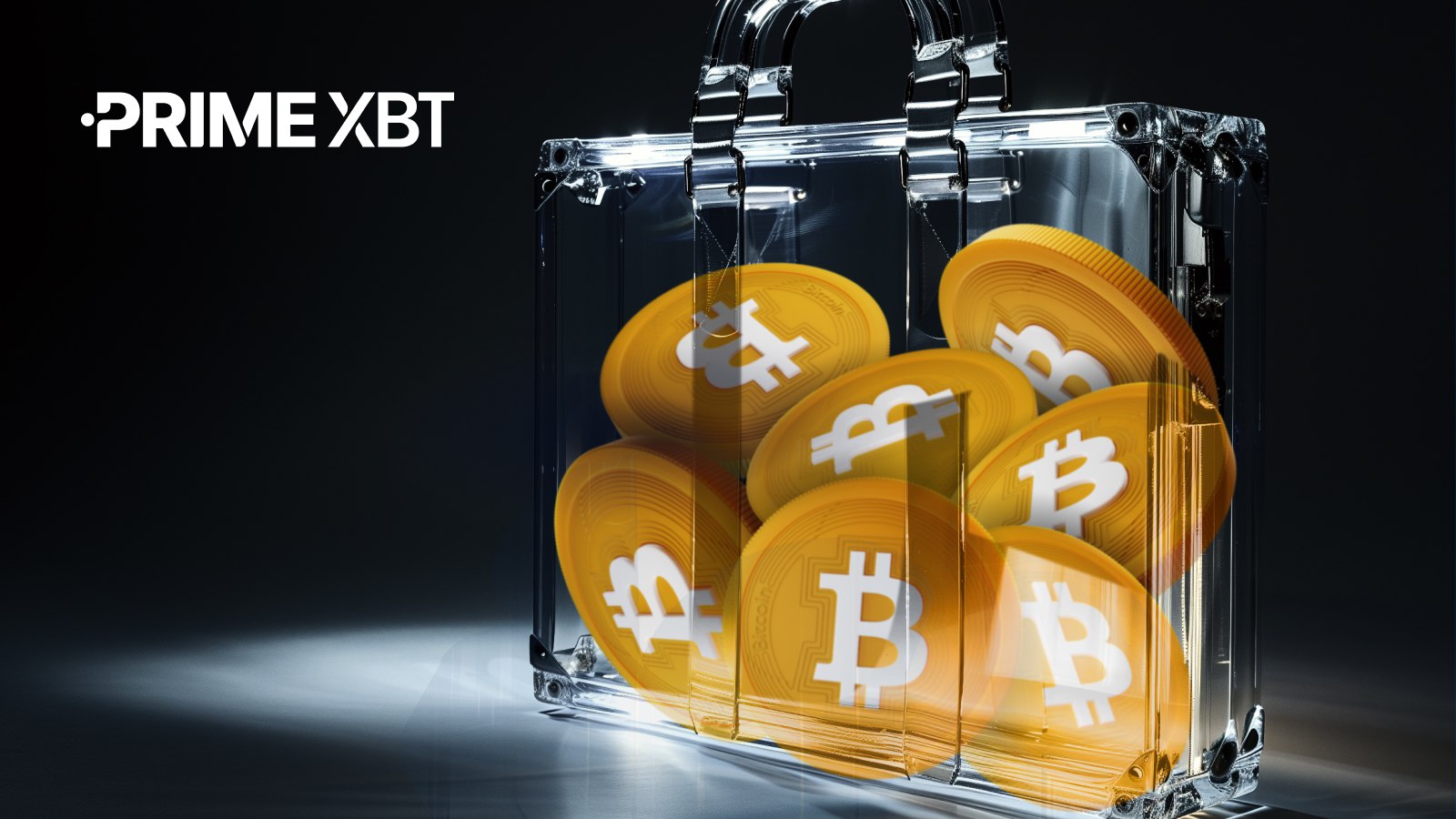Today’s internet is full of fake reviews and hidden agendas. Flipit, a Web3-focused user interaction platform, aims to change this. It brings transparency to the online world by letting users share their reviews on the “back” of any webpage. Unlike traditional reviews, which are often controlled by website owners, Flipit creates a space for users to share verified, honest feedback.
In this guide, we will cover everything you need to know about Flipit, how it works, and why it stands out.
What is Flipit?
Flipit is a Web3 platform that allows users to interact with and contribute transparent content on websites. It adds a hidden layer behind every webpage where users can share reviews, opinions, and discussions. The unique part? Website owners have no control over this hidden layer, ensuring that the information remains unbiased.
Think of browsing the internet as walking through a polished showroom. Everything looks perfect on the surface, but Flipit gives you a backstage pass. It reveals what’s really going on behind the scenes, offering users a more honest view of the internet.
Who Created Flipit?
Flipit was developed in partnership with LFG Inc. (Let’s Fight Giants), a blockchain company started by former Gala Games executives. Jason “BitBender” Brink, the President of Blockchain at Flipit, leads the project alongside Mike Helm, the founder and CEO. Helm previously worked at DittoTalk and Evernet and now aims to fight internet corruption through Flipit’s transparent platform.
How Does Flipit Work?
Flipit uses several innovative features to provide its users with authentic online interactions. Some key elements include:
- Visual Curl Technology: This allows users to “flip” a webpage, revealing the hidden layer of user-generated content. It’s like peeling back a page to reveal sticky notes left by others, offering unfiltered opinions and discussions.
- Credibility System: Flipit uses a Credibility (Cred) system to score users based on the quality of their contributions. The system also filters out spam and fake content, ensuring that only trustworthy reviews appear.
- Live Chat: Users can engage in real-time conversations with others on the back layer of any webpage. This makes it easier to get quick feedback before making decisions.
- Decentralized Nodes: Flipit operates on a decentralized network of nodes, meaning no single entity controls the data. This makes the platform resistant to censorship and ensures that user-generated content remains secure.
What Are Flipit Nodes?
Flipit nodes are decentralized servers that store, process, and verify content. These nodes ensure that the platform operates smoothly by distributing data across multiple machines rather than relying on a central server. Users who run a Flipit node help maintain the platform and participate in its governance by voting on important decisions.
Node Specifications:
Component | Minimum Requirement |
CPU | 2 cores |
RAM | 4 GB |
Storage | 60 GB |
OS | Windows, Mac, Linux (64-bit) |
Internet | Stable connection |
Flipit nodes also use the InterPlanetary File System (IPFS) for decentralized data storage. This helps store content across multiple machines, making it more secure and accessible.
Key Features of Flipit
Here are some important features that make Flipit stand out:
- Interactive Back Layer: Users can view and contribute to hidden content like reviews, discussions, and media on any webpage.
- Credibility Tracking: Flipit rewards users for providing genuine, meaningful contributions.
- Targeted Advertising: Advertisers can place ads on the back layer of a webpage, reaching users at relevant moments.
- Premium Content: Users can unlock exclusive articles, videos, and media using FLIP tokens.
Flipit Tokenomics
Flipit uses its own token, FLIP, to power various functions on the platform. Here’s how the token supply is distributed:
- 50% for Node Operations: To incentivize node operators and ensure platform stability.
- 15% for Referrals: To reward users for bringing in new participants.
- 15% for Advisors and Exchanges: For strategic partnerships and liquidity.
- 20% for Future Features: Reserved for updates and platform improvements.
FLIP tokens have multiple uses, including accessing premium content, highlighting contributions, and participating in governance through voting rights. Node operators are also rewarded with FLIP tokens for maintaining the network.
How to Get a Flipit Node
If you want to own a Flipit node, the cost depends on when you buy. The early bird price was $500, but as of late September, nodes are priced at $900. The price increases by $100 for every 100 nodes sold, with a cap of $10,000. Early adopters get a better deal, so it’s worth considering buying sooner rather than later.
Flipit’s Roadmap
Flipit has several exciting updates planned for the future, including:
- Front-End Overhaul: A major redesign using Vue 3 to improve performance.
- Cred System Integration: Enhancing the credibility scoring system.
- Advanced Analytics: Introducing new tools to help users make informed decisions.
Flipit vs. Competitors
Compared to platforms like Twitter, Facebook, or decentralized alternatives like Lens, Flipit offers a unique balance of transparency, decentralized moderation, and personalized content. It creates a space where users have more control over what they see and can engage with honest, verified content.
Flipit is redefining online content interaction by offering a transparent, user-driven platform. Its unique features, like the interactive back layer, credibility system, and decentralized nodes, make it a game-changer in Web3. As the internet evolves, Flipit is positioning itself as a key player in the future of online transparency and honest interactions.
Remember, investing in cryptocurrencies involves risks, and it’s important to conduct thorough research and seek professional advice before making any financial decisions. (Please keep in mind that this post is solely for informative purposes and should not be construed as financial or investment advice.)

















 English (US) ·
English (US) ·